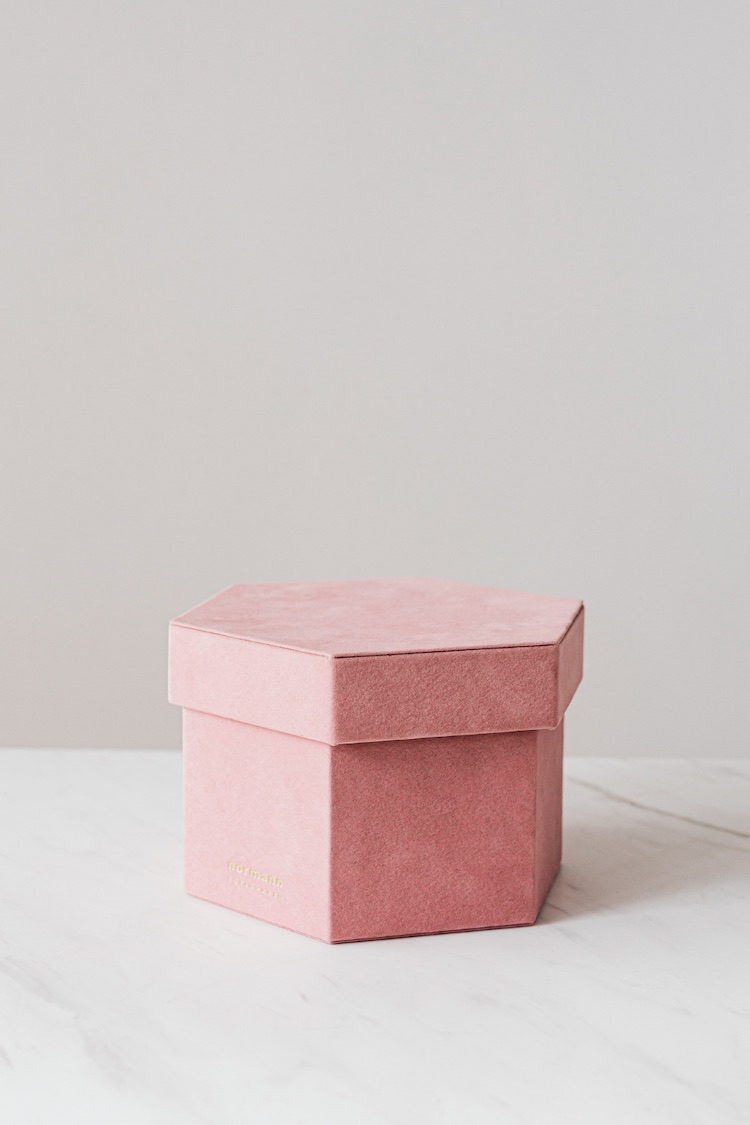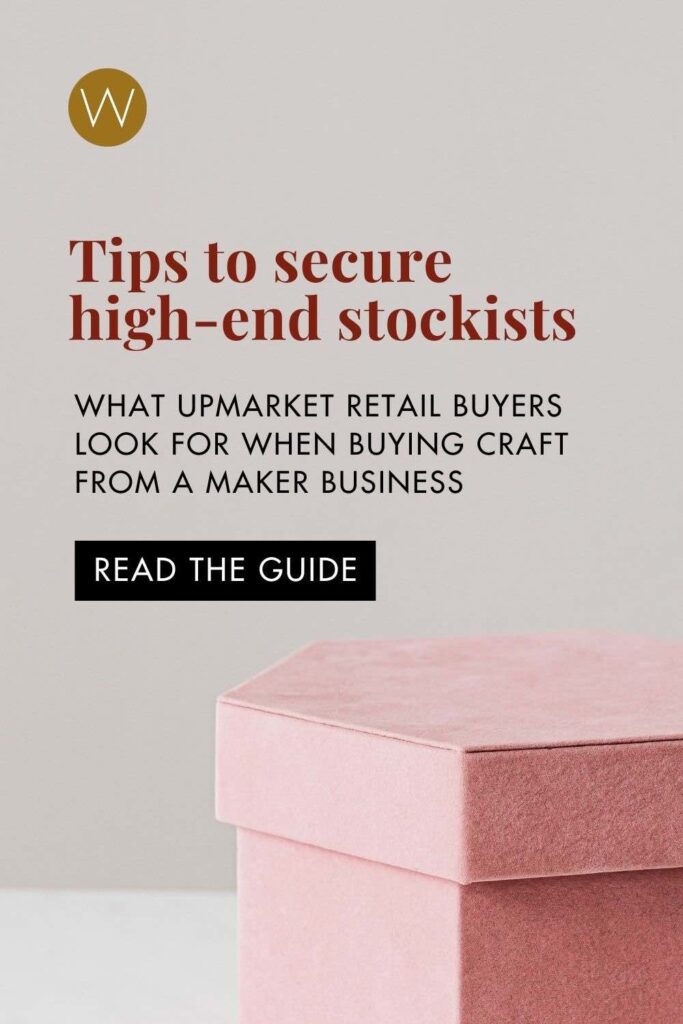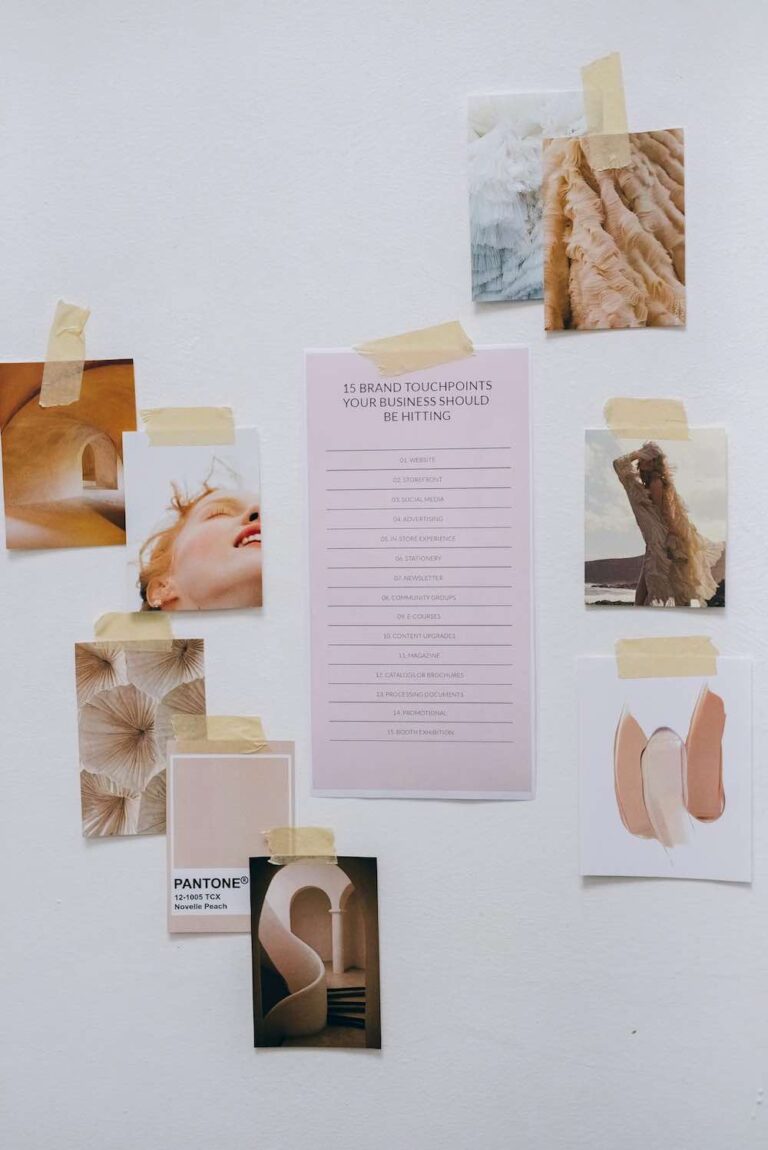What upmarket retail buyers look for when buying craft from a maker, tips to help you secure stockists

Prestigious commercial retailers and smaller upmarket independent shops, boutiques and gallery shops are always looking for high-quality, unique and thoughtfully made pieces to offer their discerning customers. If getting your work stocked by upmarket retailers or gallery shops is something you’re considering, knowing what these buyers look for will help you to stand out and secure stockists.
There are several things that retailers look for when purchasing craft work. Quality and excellence of the products are a given, but there may be other deciding factors you’re not aware of. Read on to discover what key things upmarket buyers consider before deciding to stock your work:
1. Style & aesthetic
Your work has to appeal to a buyer. The look of something is what attracts a viewer’s attention, so a buyer will first be drawn to what appeals to them. This could be by seeing images of your work in a social media post or in person at a craft fair. When it comes to style and aesthetic while a buyer may like your work on a personal level they do have to consider objects that fit in with their retail brand philosophy and the other work they sell as well. Trends also factor into a buyer’s decision-making process. Feeding into a trend is a bonus for saleability but this doesn’t mean that your work must be trend driven. Uniqueness and making a statement matters more, especially at the higher end of the market.
What to do:
Invest in good photos of your work. Good imagery is one of the first steps in attracting attention to your work. Also, if relevant, highlight aspects of your work that align with a current trend. This could be anything from colours to the materials you use.
2. Suitability
Retailers are business owners and have to consider work from a commercial point of view. They are looking for products that will sell and not sit on shelves gathering dust. Retail buyers will look for work that fits in with their brand ethos, complements what they already offer, and reflects the tastes of their customers and what is happening in the market. Retailers will also check the calibre of your other stockists if you have any. Two reasons for this are to make sure the other stockists are on a similar level to them and to gauge the level of exclusivity your work commands. Another thing a buyer looks for is shared values, which is important for a successful maker-retailer partnership.
What to do:
Before approaching and presenting your work to a retail buyer do your homework by visiting their website, social pages and/or store to see the type of work they already sell and how your creations would fit in. This will help you to effectively plan and share your brand awareness campaigns.
3. Quality
Upmarket retailers look for well-made, high-quality products. It is not enough for your work to look good in photos, it also needs to measure up physically. The last thing a retailer wants is for their customers to send back your work because it’s fallen apart. It damages their reputation, and yours too because the retailer will no longer want to stock your products.
What to do:
Commit to excellence in your production, and always quality check your work before presenting or sending it out.
4. Reputation
There are several different ways that retail buyers source a designer-maker’s work. These include:
- scouting at fairs, festivals, exhibitions and trade shows to see what’s new from those names they already know, and to discover new talent;
- reading print and online magazines, newspapers and supplements, blogs, scrolling social media posts; and
- relying on word-of-mouth recommendations from trusted sources, and their customers, and paying attention to their competitors.
You don’t have to be well known but a buyer needs to feel confident that you can deliver the goods. If you’re just starting out a buyer will look for your potential to become an established maker.
What to do:
Share press features, awards, endorsements and testimonials on your website, social pages and in other marketing activities. To further boost your credibility consider applying to showcase your work at the craft fairs and markets that upmarket buyers are likely to attend.
5. Your Story
The story behind your work is the reason you do what you do. A buyer wants to know what matters to you, what inspires you and so forth. They are looking for a connection and interesting facts that they can use to help promote and sell your work to their customers.
What to do:
Tell a story that a buyer will find hard to resist, a story that captures the heart and soul of what you do. Share your story by weaving elements into your marketing communications. If you need help crafting your brand story have a look at Unfold Your Story, our brand storytelling workshop for designers and makers.
6. Market presence
A buyer wants to know that you’ll not disappear overnight. Market presence requires more than a social media page to convince them you’re worth investing in. It is not uncommon for a buyer to follow a maker for a few years before placing an order, so you will need to be patient. Buyers will want to see at the very least a well-presented website. Press mentions, testimonials and already having other stockists are an added bonus that helps increase the buyer’s confidence. If you don’t have any of these yet then that’s where professional and engaging social pages can help out till you have your own platform in place.
What to do:
Make sure you are promoting your work in the places where buyers look for work. Create a marketing strategy that includes setting up a website, and setting up social pages to drive traffic to it. Also, consider selling your work at the types of craft markets and fairs that buyers are known to attend.
7. Competitive Wholesale Pricing
All the factors above influence how much a buyer feels your work is worth and therefore would be willing to pay what you ask for it. A buyer may really like your work but if your pricing is wrong they won’t buy it. Your product must be priced to reflect what it’s worth. And your wholesale pricing must leave room for the retailer to add their markup.
What to do:
Take the time to get your wholesale pricing right. Charge what your work is worth and ensure that your wholesale pricing allows for a comfortable retailer markup and doesn’t leave you out of pocket.
8. Professionalism
How you conduct yourself and present your work can say a lot about your values. Professionalism goes a long way towards instilling confidence in the buyer that you are someone they want to work with. Everything from how you present your work to corresponding with a buyer matters. Professionalism demonstrates that you take your work seriously and are committed to your craft.
What to do:
When presenting your work to a buyer always make sure it is displayed in a professional manner. This includes how you package your work.
To conclude:
Implementing these tips into your brand visibility strategy will help you to stand out and increase your chances of securing upmarket stockists. Keep in mind the higher-end the retailer the more selective their buyers become about the work they stock.
We hope you’ve found these tips useful, and if gallery representation is what you’re after, then read the post How to catch the curator’s eye, which delves deeper into getting your work noticed by a curator.
– The Wonderfully Well Made Team
[Image credits: The images shown belong to Karolina Grabowska on Pexels. If downloaded and used elsewhere please credit accordingly.]
Pin for later







